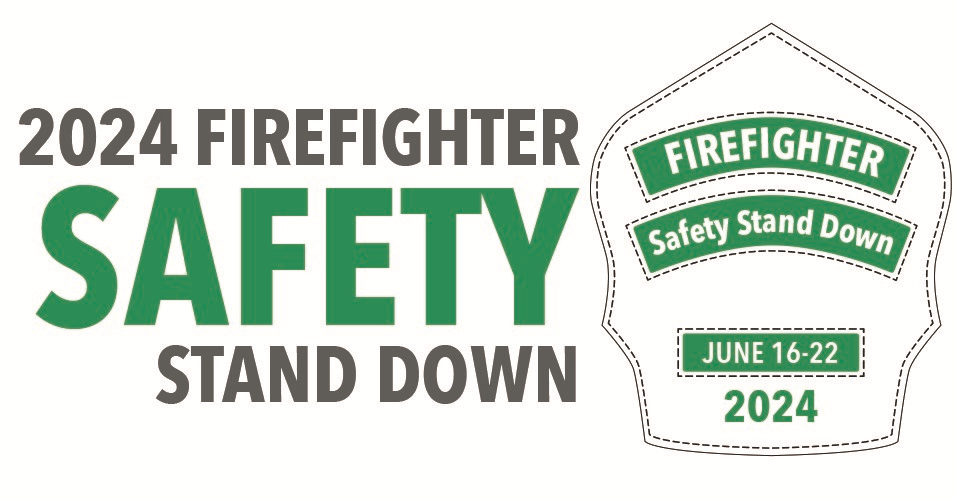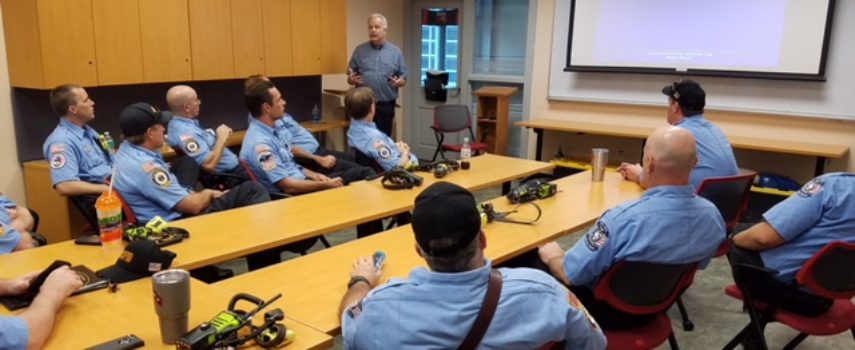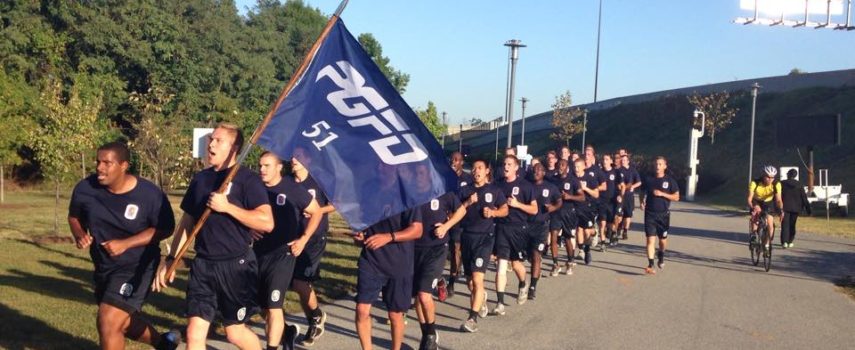The Central Florida Regional Safety & Health Collaborative and the South Florida Regional Safety & Health Collaborative are ready for the 2016 Safety Stand Down. Together, the Central and South teams include over 60 departments, the Firefighter Cancer Support Network, Firefighter Behavioral Health Alliance, and the University of Miami, which are all committed to enhancing the health and safety of their members.
During the week of June 19-25, the Collaborative will be offering over 17 free classes to their members and other Florida firefighters. Courses being offered include: Traffic Incident Management, RIT/Mayday, Situational Awareness, Courage to be Safe, ICS for the First Arriving Company Officer, Intelligent Fire Ops, Firefighter Mental Health & Safety, Safety during Overhaul & Fire Investigations, Cancer in the Fire Service, Avoiding the Predictable Surprise, and more.
Departments that participate in the Collaborative are committed to protecting their firefighters year-round through continuous monitoring, reviewing, and networking with one another to maintain accountability, ensure their responders are safe, and get the tools and resources needed to prevent illness and exposure. They also hold quarterly safety and health meetings that feature interactive and educational presentations, guest speakers, and vendors.
“Our forward momentum ensures we’re not just maintaining a ‘status quo’ status, and that we’re evolving continuously. The quarterly meetings ensure safety and health is always a priority to our firefighters,” said Ryan Gallik of the Central Florida Regional Safety & Health Collaborative. “As our mission states, ‘Our commitment is to focus on firefighter safety and health by providing training and sharing best practices to minimize risks and exposures to our nation’s firefighters.’”
Gallik noted that the Collaborative has been a resource in helping many fire departments throughout Central and South Florida develop and implement policies, procedures, and guidelines that support best practices in health and safety. Annual surveys prove the group’s initiatives have helped to reduce injuries, illnesses, and exposures for its members.






